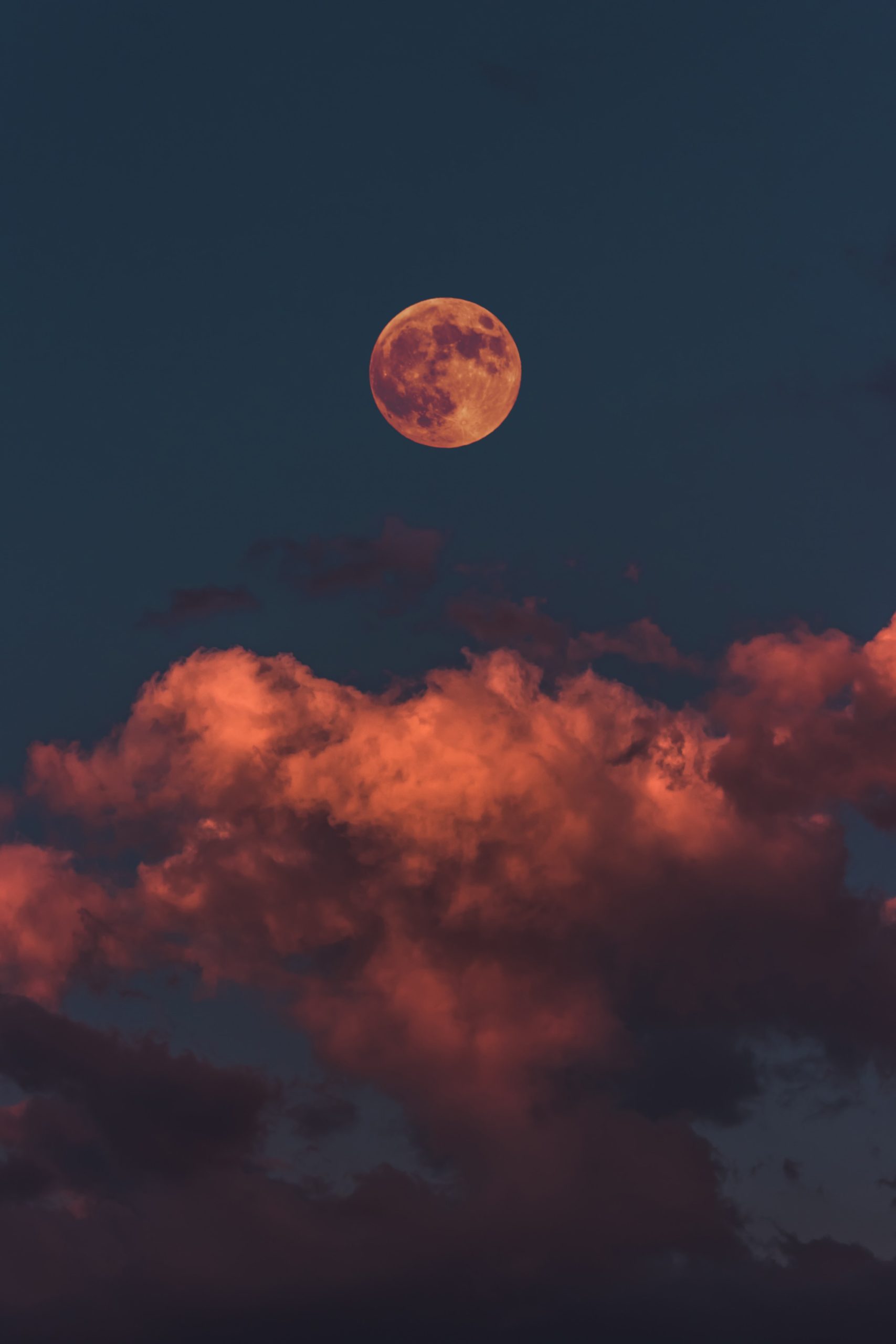Is a Waning Gibbous a Full Moon?
The moon has been a source of fascination for humans since ancient times. Its ever-changing appearance and mystical beauty have captivated both scientists and poets alike. The moon goes through various phases, each with its unique characteristics and names. These phases are easily recognizable by the naked eye, with the full moon being one of the most well-known. However, there is a phase called the waning gibbous, which often raises the question: is it a full moon? In this blog post, we will explore the differences between a waning gibbous and a full moon and clarify any confusion surrounding these two lunar stages.
The Lunar Phases
Before delving deeper into the topic, let’s have a quick overview of the lunar phases. The moon’s phases are a result of the positions of the sun, the moon, and the Earth, all relative to each other. As the moon orbits around the Earth, the amount of sunlight it reflects changes, creating different phases visible from our planet.
There are eight primary lunar phases, which include:
- New Moon
- Waxing Crescent
- First Quarter
- Waxing Gibbous
- Full Moon
- Waning Gibbous
- Last Quarter
- Waning Crescent
Now that we have a general idea of the lunar phases, let’s dive into the waning gibbous and the full moon.
Understanding a Full Moon
A full moon is perhaps the most recognizable lunar phase. During a full moon, the moon appears as a complete, round disc in the night sky. It illuminates the Earth with maximum brightness, casting a beautiful glow and creating a romantic ambiance. The full moon occurs when the Earth is positioned between the sun and the moon, with the sun’s light directly illuminating the entire visible side of the moon.
A traditional symbol of mystery and magic, the full moon has inspired countless myths, legends, and rituals across different cultures. It is associated with supernatural events, werewolves, and even lunar eclipses, where the Earth blocks the sun’s light from reaching the moon, resulting in a stunning celestial phenomenon.
Decoding the Waning Gibbous
On the other hand, the waning gibbous is a phase that occurs after the full moon and before the last quarter. During this phase, the moon appears slightly less illuminated than a full moon, but still more than half. The term “gibbous” refers to a shape that is larger than a semicircle but smaller than a full circle.
A waning gibbous occurs when the moon is positioned at an angle of 180 degrees away from the sun as observed from Earth. This angle allows a significant portion of the moon’s visible side to receive sunlight, resulting in a substantial level of illumination. However, it is important to note that the brightness of a waning gibbous is slightly diminished compared to that of a full moon.
Differences and Similarities
Now that we understand the characteristics of both a full moon and a waning gibbous, let’s summarize the differences and similarities between these two phases.
| Feature | Full Moon | Waning Gibbous |
|---|---|---|
| Shape | Round and complete disc | More than half-illuminated disc |
| Illumination | Maximum brightness | High level of brightness, but slightly less than a full moon |
| Position | Sun, Earth, and Moon in a straight line with Earth in the center | Moon at an angle of 180 degrees from the sun as observed from Earth |
While there are differences between a full moon and a waning gibbous, they share several similarities. Both phases occur after the waxing gibbous and before the last quarter. They both exhibit a significant level of illumination, with the waning gibbous being just slightly less bright. Additionally, both stages of the moon can provide ample light during the night and are often admired for their beauty.
Conclusion
In conclusion, a waning gibbous is not a full moon, but it is part of the moon’s phases that occur after the full moon. The waning gibbous exhibits a shape larger than a semicircle and appears as a more than half-illuminated disc in the night sky. However, its brightness is slightly diminished compared to a full moon. While the full moon captures much of the attention and has a rich symbolism, the waning gibbous also provides a mesmerizing show in the celestial panorama.
Whether it’s a full moon casting an enchanting glow on a peaceful night or a waning gibbous illuminating our path with a softer radiance, the moon continues to captivate us and ignite our imaginations. Regardless of the phase, its presence in the sky reminds us of the immense beauty and mysteries of the universe.
Table of Contents
